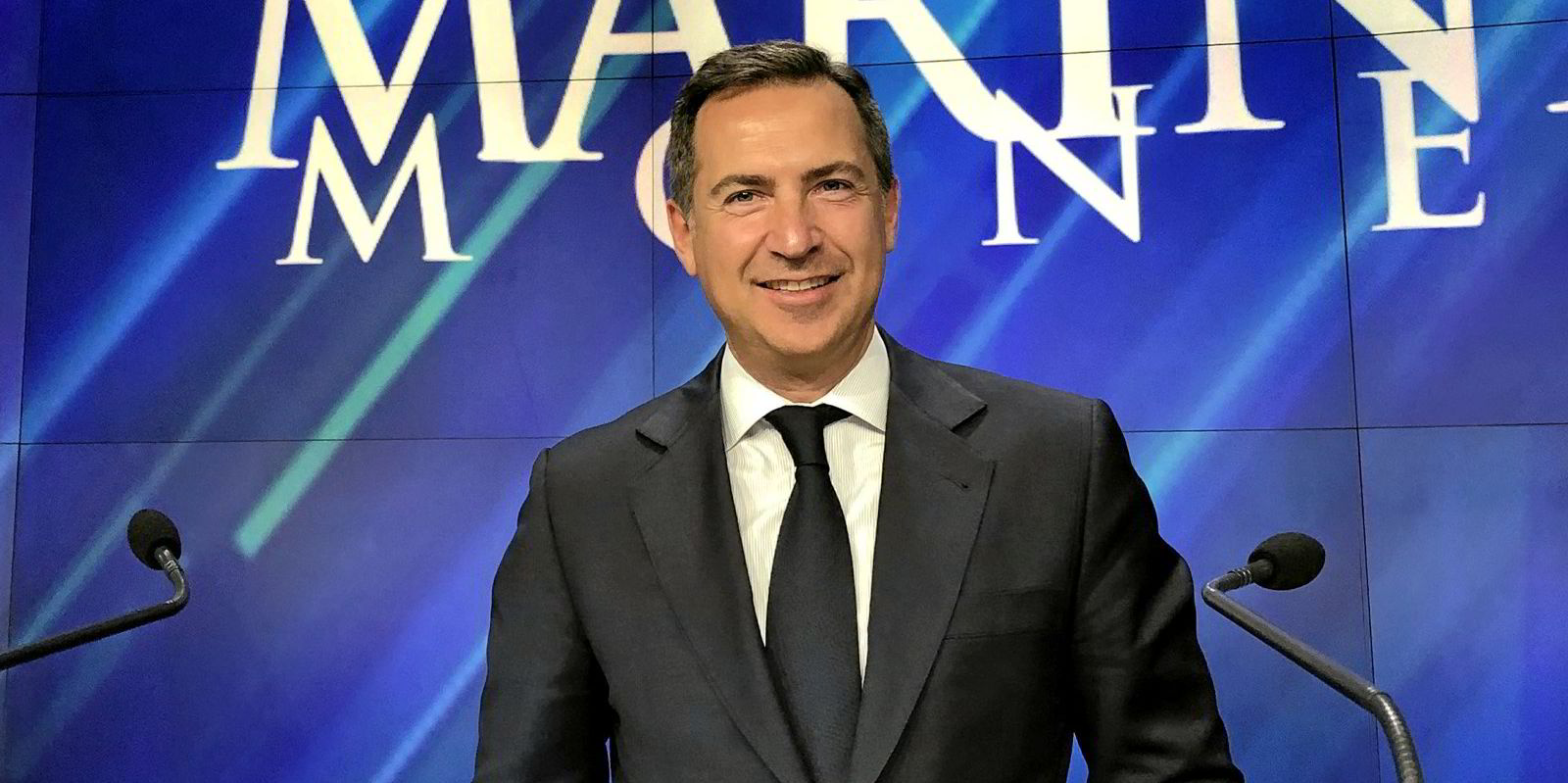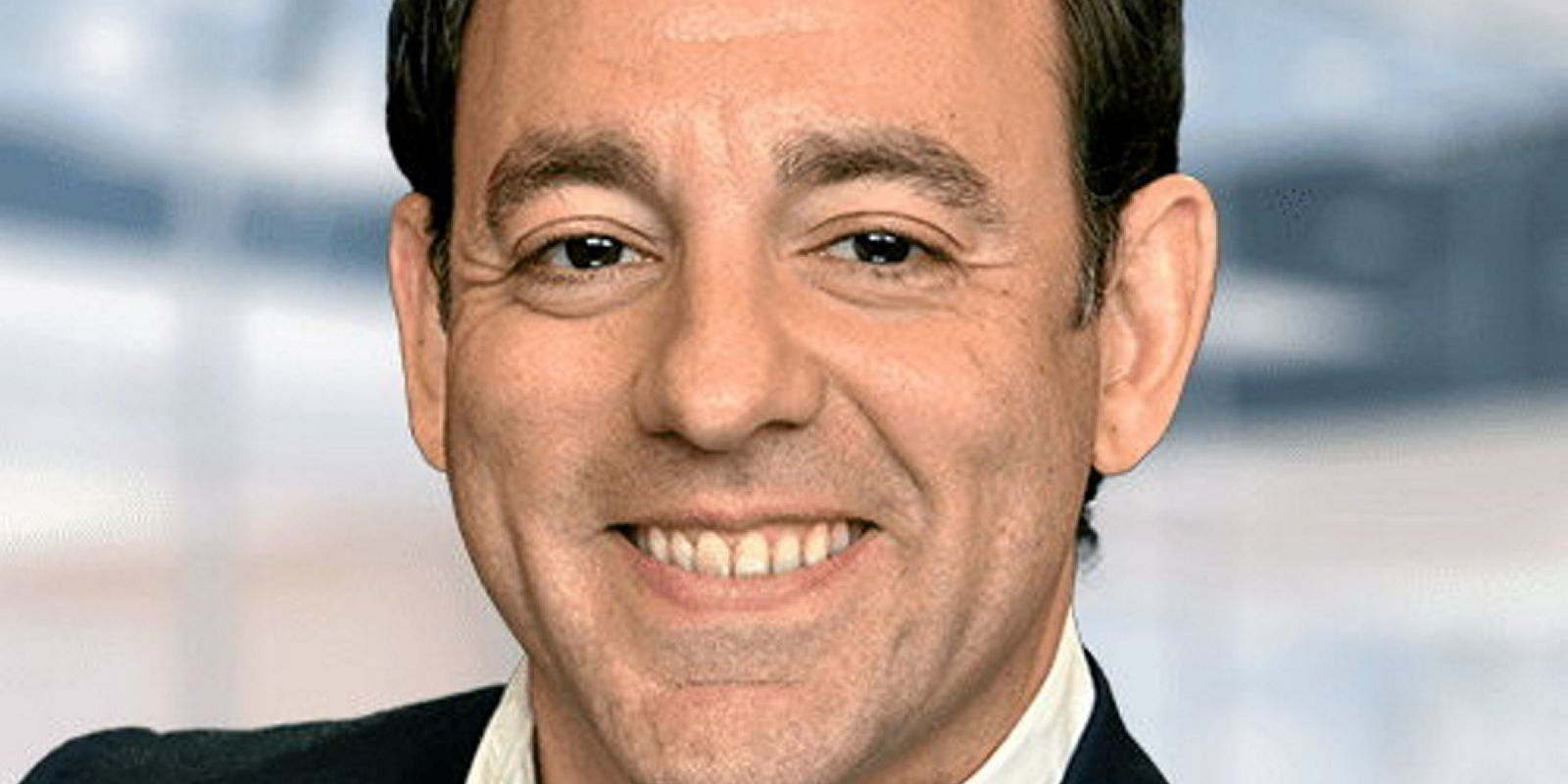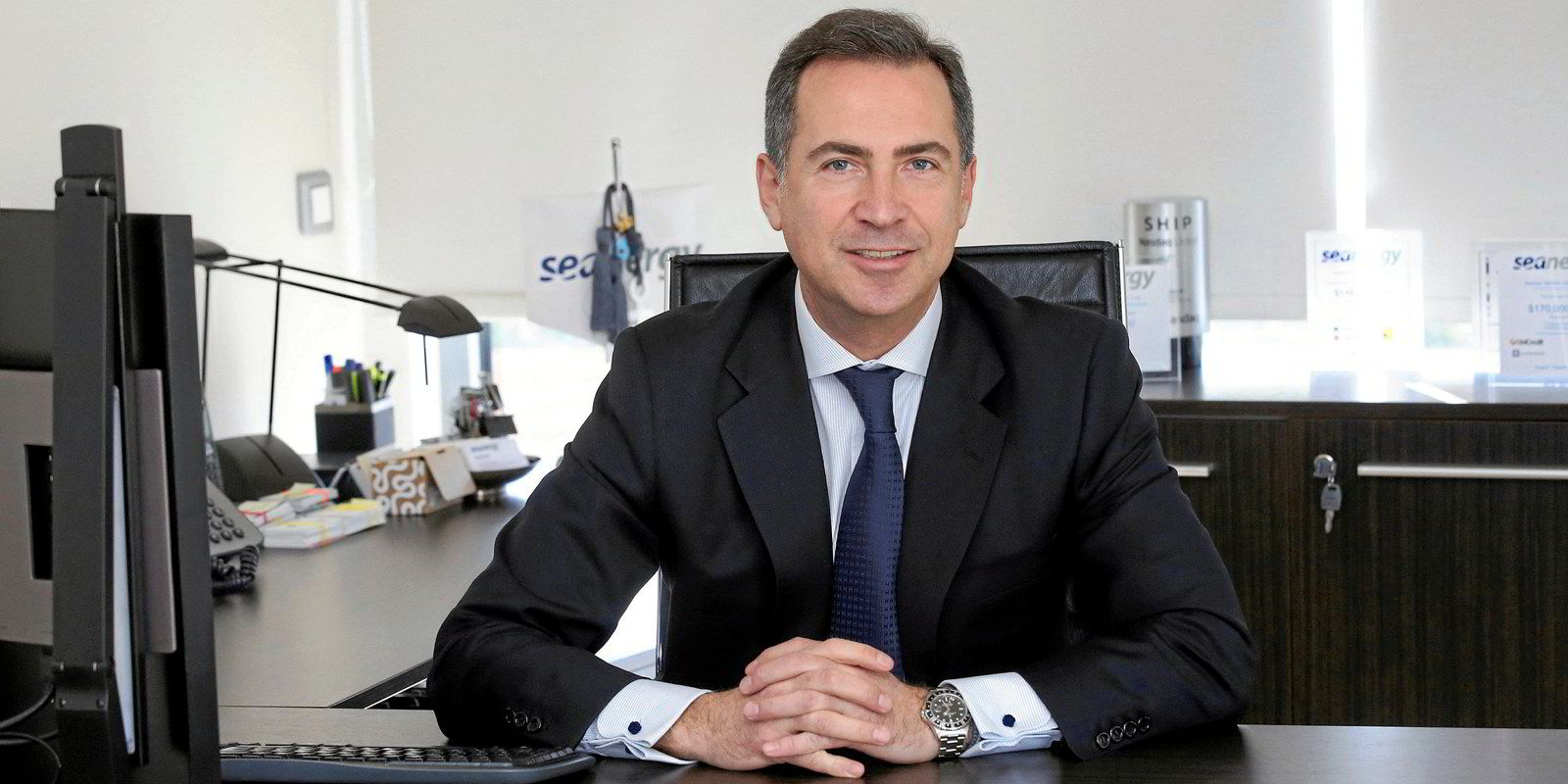So you are thinking about launching a special purpose acquisition company (Spac) in the shipping space? Well, get in line, and do not get your hopes up too high.
That effectively was the message from an investment banker whose firm specialises in the reverse-merger structures that have taken US equity markets by storm in 2020 and accelerated into 2021. Despite their popularity in broader markets, Spacs present some challenges for the maritime sector.
Speaking on a panel at the Capital Link International Shipping Forum on Wednesday, Maxim Group's Larry Glassberg talked about both the high level of interest in blank-cheque deals and the hurdles he sees in the way of getting them done.
"A day doesn't go by that I'm not approached about a Spac or a direct-issuance IPO [initial public offering] — I've probably had 15 or 20 discussions in the last week," Glassberg told colleagues on a capital markets panel.
It is a subject that Maxim Group knows quite well. Glassberg, a senior managing director, said the bank has been involved in roughly 30% of the Spacs executed in recent years, and more than 50% of those with a shipping focus.
But with that knowledge base, Glassberg also needed to deliver a fairly sobering message — concern over net asset value (NAV) that was also expressed by experts who spoke with TradeWinds on the subject in February.
"Until we see really sustained valuations of companies above NAV, [sponsors will be] significantly challenged to get deals done in both IPOs and Spacs," Glassberg said.
Spacs turned record numbers in 2020, raising more than $82bn through IPOs. The momentum accelerated into 2021, with 175 new deals raising $56bn up to 26 February, data show.
However, none of that money has gone towards a shipping deal.
Sponsors raise a blind pool of capital through an IPO, place it in a trust and typically have two years to find a suitable acquisition target. The deal depends on persuading investors that the private acquisition will appreciate significantly under the public structure.
Glassberg estimated that a shipping deal might need to see a 30% premium to NAV to sell, and that has been a problem for a sector where public owners struggle to reach NAV at all.
"There are definitely a lot of people tiptoeing around it," Glassberg said. "But there are also 365 Spacs out there looking for transactions today, and a lot can easily change their sector focus to go after shipping if they want to.
"I think there will be shipping Spacs coming out. I can't tell you whether we have any in the pipeline. But the question is, is there the arbitrage to [complete the deal]?"
Then again, Glassberg and Maxim Group have not had to depend on Spacs to provide them with shipping revenue.
The bank has been quite successful with a raft of secondary offerings for smaller listed owners, most in dry bulk, where valuations have appreciated.
He estimated that Maxim Group has completed 35 such deals in the past 14 months — and they are getting larger.

A $75m deal by Seanergy Maritime to aid expansion of its capesize fleet is significantly larger than the deals Maxim Group was doing for owners early in 2020.
"Last year, the deals were $15m to $25m," Larry Glassberg said. "The $75m follow-on for Seanergy had 20 institutional investors involved as well as a large retail platform. A very active institutional market is coming back into the names. [Trading] liquidity is driving a lot of the demand."
Maxim Group has also worked closely with Castor Maritime, the Cyprus-based owner that has recently captured the interest of US amateur investors connected with the Game Stop trading controversy.
The Maxim Group partner advised that owners would be wise to exploit the surging capital flow into US equity markets while it lasts.
"Markets are euphoric, markets are active," he said. "Take advantage of it while you can, because there will be a reckoning."






